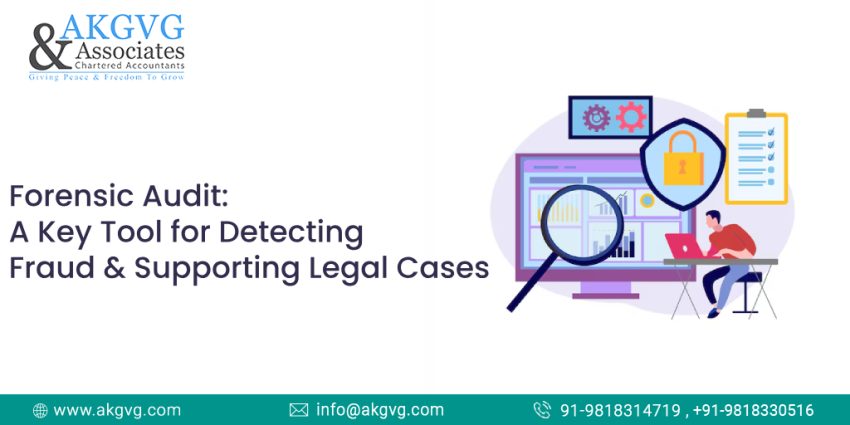In today’s business landscape, fraud and financial disputes can disrupt operations and cause major losses. To address such cases, companies and law enforcement rely on a forensic audit—a specialized process that examines financial records in detail to detect anomalies and gather evidence admissible in court.
What Is Forensic Audit?
To define what forensic audit is, it is the process through which financial statements are called to light with the objective to detect fraud, or other financial crimes. Contrary to a regular audit that would only verify that accounts are correct and that profits are made in accordance to accounting standards, a forensics audit goes a notch further. It is concerned with detection of suspicious transactions, forms of hidden dealings or events that are evidenced by suspicious patterns.
The results of such audits are not only of internal value but may also be used in legal inquiry. This is what sets the forensic audits apart compared to the regular ones where audit experts blend accounting skills in conjunction with their investigation skills.
Key Objectives of a Forensic Audit
The main objective of a forensic audit is to uncover facts that can assist in resolving disputes or prosecuting fraud. By asking what forensic audit is, businesses also learn about its wider purpose, which includes:
- Detecting financial misstatements or fraudulent activities.
- Tracing the movement of money in cases of fraud or bribery.
- Collecting evidence that can be presented in legal proceedings.
- Helping organizations strengthen their internal controls to prevent future issues.
How Forensic Audits Support Legal Investigations
One of the main factors in the realization of what is forensic audit is the influence of the forensic audit in law. When the suspicion is about fraud or financial crime, the authorities must have a solid evidence to bring to court. Forensic audits will do this by recording transactions, confirming records, and connecting financial information with actual evidence.
To take one example, where there is employee fraud a forensic audit can often reveal false invoices or unauthorized payments. In cases involving corruption it can track the money flow to its hidden beneficiaries. Such comprehensive results are part of the evidence that can be used in court by legal professionals and investigators.
Methods Used in a Forensic Audit
To facilitate legal inquiries, a combination of accounting and investigative skills is used by forensic auditors. They examine financial records, speak to employees and other individuals, study computer data, and utilize data analytics to detect abnormal patterns. Every action is well detailed to ensure that the evidence is admissible in the courts.
The question as to what forensic audit is also brings to view the fact that these procedures are made such that no loophole occurs in the investigation. All figures and transactions are verified to ensure a clear picture is given to the legal authorities as to what went wrong and who was responsible.
Benefits beyond Legal Cases
Although the main application of a forensic audit is in law investigations, there is a long-term gain to businesses. By locating the vulnerabilities in the internal systems, it assists organizations to minimize future risk of fraud. It creates trust among stakeholders because those stakeholders recognize that the organization is doing more than harping on the idea of transparency alone.
This content is meant for information only and should not be considered as an advice or legal opinion, or otherwise. AKGVG & Associates does not intend to advertise its services through this.

